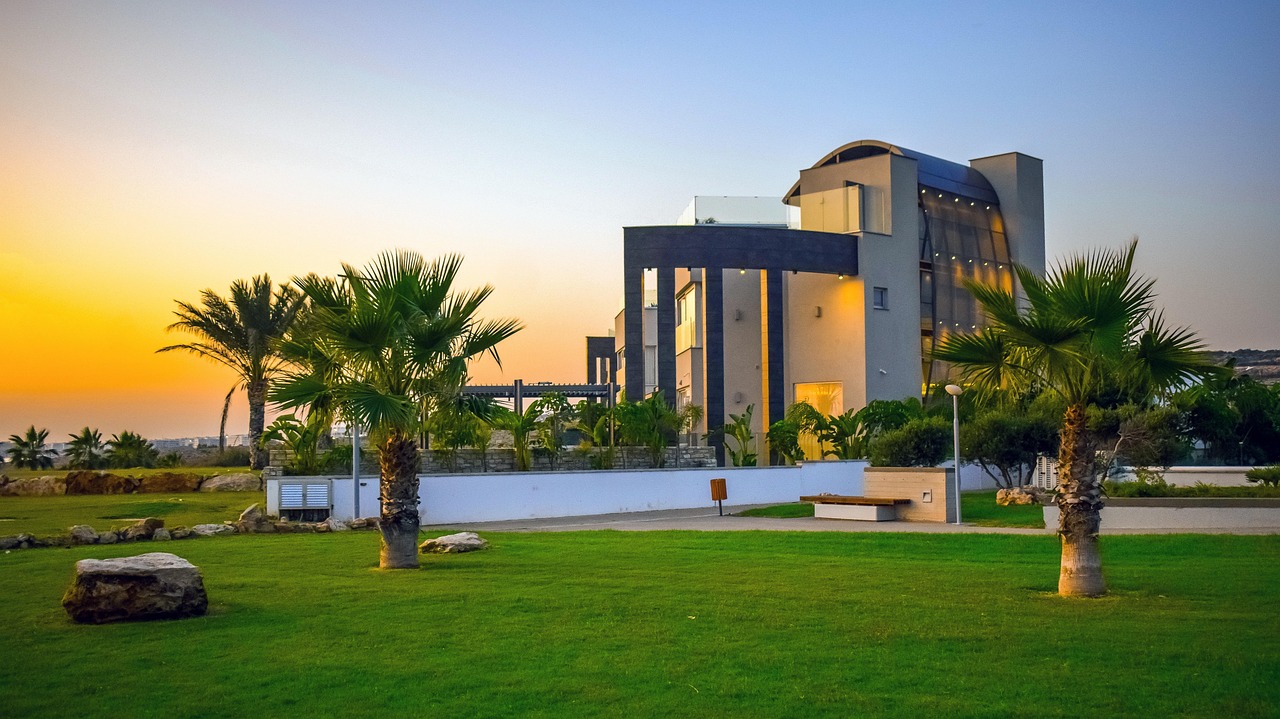Water membranes play a crucial role in the construction and building industries, serving as a barrier against moisture and protecting structures from water damage. With increasing awareness of environmental factors and the necessity for durable building materials, the demand for effective water membranes has grown significantly. This article delves into the importance of water membranes, their types, applications, and benefits.
### What is a Water Membrane?
A water membrane is a thin layer of material designed to prevent the passage of water while allowing certain vapors to escape. These membranes are essential in various construction applications, including foundations, roofs, and walls, where moisture control is vital. By acting as a barrier, they help maintain the integrity of structures, ensuring longevity and safety.
### Types of Water Membranes
There are several types of water membranes, each suited for different applications:
1. **Liquid Membranes**: These are applied in liquid form and cure to form a seamless, waterproof barrier. Liquid membranes are particularly beneficial for irregular surfaces, as they can easily conform to complex shapes. They are often used in areas prone to water exposure, such as balconies, terraces, and basements. For more information on liquid membranes, you can explore this water membrane option.
2. **Sheet Membranes**: Unlike liquid membranes, sheet membranes come in pre-fabricated rolls that are laid down on surfaces. They are typically made from materials such as polyethylene or rubberized asphalt. Sheet membranes are often used in below-grade applications, such as foundation walls and tunnels, where moisture protection is critical.
3. **Vapor Barriers**: While not strictly water membranes, vapor barriers are essential in controlling moisture within buildings. They prevent water vapor from passing through walls and ceilings, which can lead to condensation and mold growth. These barriers are often used in conjunction with water membranes to provide comprehensive moisture management.
### Applications of Water Membranes
Water membranes are used in various construction scenarios, including:
– **Basements and Foundations**: Protecting below-grade structures from groundwater and soil moisture is crucial for maintaining structural integrity. Water membranes help prevent leaks and water damage.
– **Roofing Systems**: In flat roofs, water membranes are essential for preventing water pooling and leaks. They provide a protective layer that extends the roof’s lifespan.
– **Balconies and Terraces**: These areas are often exposed to the elements, making them susceptible to water damage. Liquid membranes are particularly effective in these applications, as they can create a seamless barrier.
– **Swimming Pools**: Water membranes are also used in the construction of swimming pools to ensure waterproofing and prevent leaks.
### Benefits of Using Water Membranes
The advantages of using water membranes in construction are numerous:
– **Protection Against Water Damage**: By preventing water intrusion, these membranes protect structural components from deterioration, mold growth, and other moisture-related issues.
– **Increased Longevity**: Structures equipped with effective water membranes tend to have a longer lifespan due to reduced wear and tear caused by moisture.
– **Energy Efficiency**: Proper moisture management can improve a building’s energy efficiency by reducing the likelihood of drafts and temperature fluctuations caused by moisture intrusion.
– **Cost-Effectiveness**: While the initial investment in quality water membranes may be higher, the long-term savings from reduced maintenance and repairs make them a cost-effective choice.
### Conclusion
Water membranes are an essential component of modern construction, providing critical protection against moisture intrusion. With various types available, including water membranes in liquid form, builders can choose the best solution for their specific needs. As the industry continues to evolve, the importance of effective moisture management will only grow, making water membranes an indispensable part of building design and construction. Investing in quality water membranes not only safeguards structures but also contributes to a sustainable and resilient built environment.








